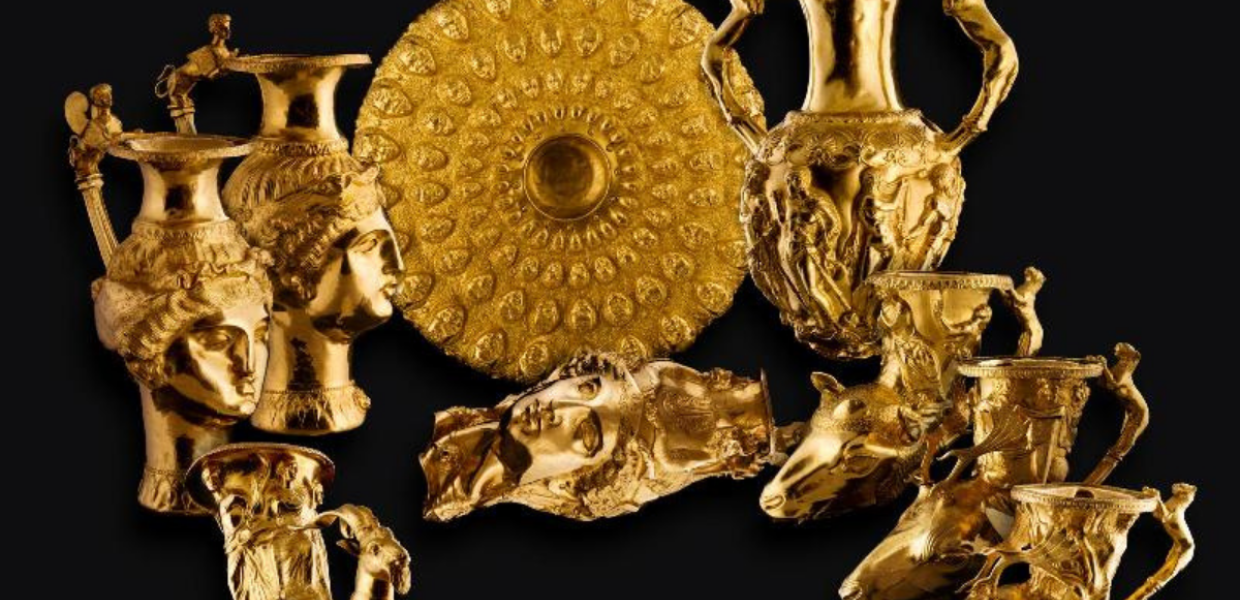Generic Services (GS) projects are an annual funding initiative under the CEF Telecom Programme, which started in 2016. The programme aims to support the development of the Europeana Core Service Platform and, on a broader level, the digital transformation of the cultural heritage sector.
In 2020, 11 Generic Services projects were completed, making significant contributions in three main areas: high-quality data, innovative technologies and capacity building. The projects contributed to a wide reuse of, and audience engagement with, digital heritage content and increased awareness of the Europeana Initiative across Europe.
Content and data quality
During 2020, GS projects delivered more than 3.3 million new records to Europeana on a wide range of topics, from archaeology to natural history and life in the 1950s. Additionally, they improved and enriched over 5.2 million content records and metadata. GS projects also contributed new types of content, aggregating 800 3D models and more than 173,000 crowdsourced annotations to Europeana.
Data-centered tools
Six tools created by GS projects enable cultural heritage institutions to benefit from innovative technologies and improve their aggregation infrastructures and processes, with special focus on metadata enrichment and 3D.
A number of tools support content search in Europeana by encouraging metadata improvements and linking metadata terms to Linked Open Data (LOD) repositories. For example, the enrichment platform created by the LinBi project provides tools for linking, enriching and creating new objects following Europeana Data Model (EDM) guidelines. The vocabulary services developed by theEuropeana Archaeology project is an online mapping tool which interlinks metadata terms with LOD resources. Meanwhile, Europeana Common Culture developed the Linked Open Data pipeline, an aggregation channel offering tools for harvesting LOD and converting it from one vocabulary into another.
The Common Culture project also developed Metis Sandbox, a functional application that enhances the overall data aggregation workflow from data providers to Europeana. It reduces the time required for quality checks when submitting data by allowing the processing of sample datasets according to the Metis workflow.
The Share3D project developed the Dashboard tool to help cultural heritage professionals create 3D models in line with the EDM and submit these to Europeana, while the Common Culture project delivered a lightweight 3D viewer which allows the URL of a 3D resource to be easily integrated in the EDM record and shown on Europeana.
Audience engagement tools
In the digital age, cultural organisations strive to retain, support and engage their online visitors, something which a number of tools developed by this year’s Generic Services projects support.
Crowdsourcing campaigns are increasingly popular among cultural heritage institutions as an entertaining way of engaging the general public to enrich the data and metadata of cultural heritage objects. Two GS projects in 2020 addressed this need: the dedicated platform developed by the CrowdHeritage project allows cultural heritage institutions to create tailored campaigns to improve their metadata, while Transcribathon, which was enhanced by EnrichEuropeana, supports transcription and enrichment of content from manuscripts, letters and other handwritten text from Europeana.
Two GS projects supported Europeana as a powerful platform for storytelling by creating tools that allow experts and non-experts to engage with Europeana content and create digital narratives. The Storymaker tool from the Share3D project allows anyone to make digital stories with 3D content. Meanwhile, the MovesPlug In and MovesScrabook by CultureMoves offer a browser extension to save Europeana content in digital scrapbooks, and then mix and remix it with private digital collections.
The Enhanced Unified Playout Service by Europeana Media offers heritage institutions a state-of-the-art media player specially designed for cultural heritage audiences to improve the reuse of audiovisual heritage. Additionally, MotionNotes, developed by CultureMoves, is a multimodal video annotator that facilitates the use of Europeana content and digital technologies in art and dance performances.
CultureChatbot developed AI-based software which allows CHIs to interact with their visitors across online platforms, from their collections websites to social media accounts. See the Chatbot in action on Europeana Pro. Meanwhile, museum educators and teachers can create easily online learning resources with the cultural heritage content available on Europeana by using the eActivity Builder developed by Opening Up Historiana project.
Capacity building
Common Culture delivered a series of webinars around data aggregation and sharing, from open and FAIR data to semantic enrichment. The Fifties in Europe’s Kaleidoscope together with CultureMoves created the massive open online course Creating a Digital Cultural Heritage Community for cultural heritage professionals to introduce them to innovative practices for audience engagement.
Find out more
You can explore all the tools created under the Europeana GS projects in the Services and Tools section of Europeana Pro. Try them out and contact the project partners to discuss open questions or possible implementation in your institution.
To hear about future GS developments and calls, follow our Project section in Pro and Europeana Twitter.



